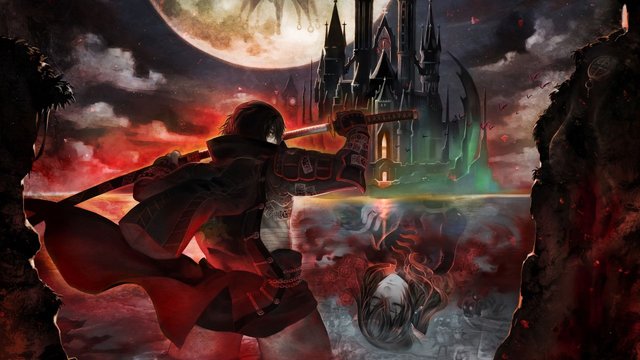There’s no denying that Koji Igarashi has had a profound impact on the video game industry. Otherwise known as Iga, the man pioneered the Metroidvania genre with the release of Castlevania: Symphony of the Night in 1997, forever reshaping how audiences enjoyed the medium. He’s consistently improved upon that formula for over 20 years and shows no signs of slowing down anytime soon. His…

Atlas is an action-rpg with rogue-like elements where you use your ability to control the ground to fight the enemies and move through procedurally generated worlds.










